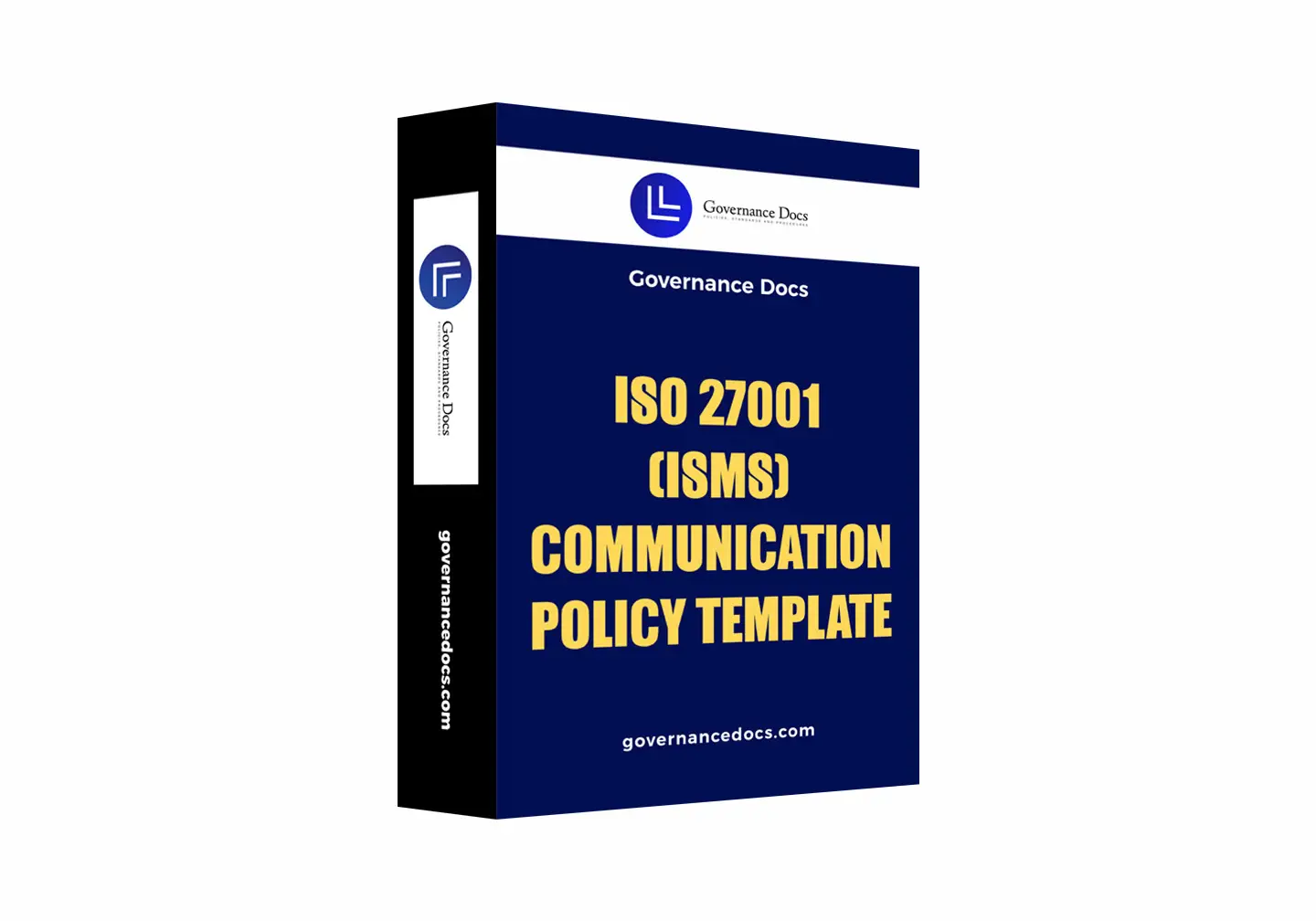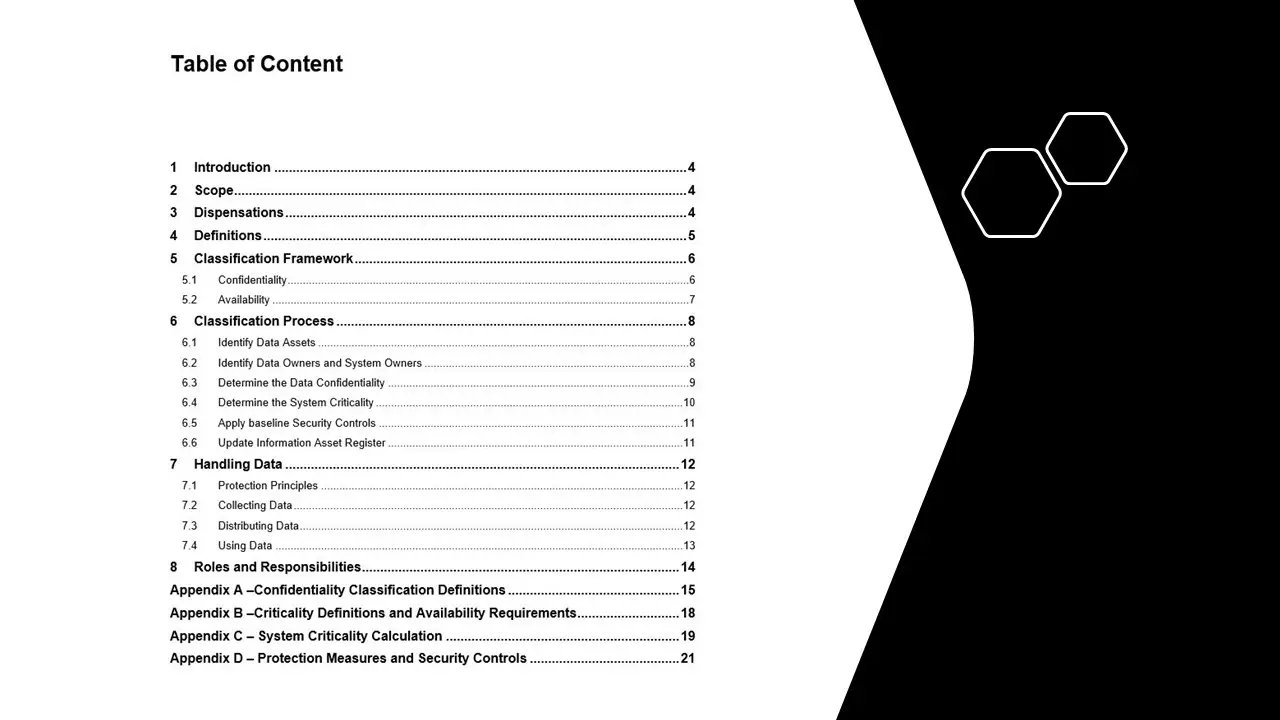Information Security Labelling Procedure
In the intricate world of data protection, where every byte of information holds the potential to unlock vast opportunities or unleash unforeseen vulnerabilities, the Information Security Labelling Procedure emerges as a beacon of clarity and control. This meticulously crafted procedure is not just a tool but a comprehensive guide designed to navigate the complex landscape of information security within PCI-DSS environments.
At its core, the Information Security Labelling Procedure is a robust framework that ensures the proper classification and handling of information assets. It is a critical component for organizations striving to maintain compliance with the stringent standards of the Payment Card Industry Data Security Standard (PCI-DSS). This procedure is not merely a set of instructions; it is a strategic approach to safeguarding sensitive data, ensuring that every piece of information is accurately labeled and managed according to its level of sensitivity and importance.
Key features of the Information Security Labelling Procedure include a detailed methodology for assessing the sensitivity of information assets, a comprehensive classification system that categorizes data based on its risk level, and a set of guidelines for the secure handling and storage of classified information. These features work in harmony to create a seamless process that not only protects data but also enhances operational efficiency by reducing the risk of data breaches and ensuring that sensitive information is only accessible to authorized personnel.
The benefits of implementing the Information Security Labelling Procedure are manifold. For organizations operating within PCI-DSS environments, it provides a clear pathway to compliance, reducing the risk of costly fines and reputational damage associated with data breaches. By ensuring that information is properly classified and handled, organizations can enhance their overall security posture, protecting both their assets and their customers’ trust. Furthermore, this procedure fosters a culture of security awareness, empowering employees to take an active role in safeguarding sensitive information.
The value proposition of the Information Security Labelling Procedure lies in its ability to transform the way organizations manage their information assets. By providing a clear and structured approach to data classification and handling, it enables organizations to not only meet regulatory requirements but also to gain a competitive edge in the marketplace. In an era where data is a critical asset, the ability to protect and manage it effectively is a key differentiator.
In conclusion, the Information Security Labelling Procedure is more than just a set of guidelines; it is a strategic asset that empowers organizations to navigate the complexities of information security with confidence and precision. By ensuring the proper classification and handling of information assets, it provides a solid foundation for compliance, security, and operational excellence in PCI-DSS environments.
All GovernanaceDocs documents are developed based on well-known standards such as NIST CSF, ISO 27001, ISO 22301, PCI-DSS and HIPAA.
Hence, You just need to download and selected document and add your company name and logo.










Reviews
There are no reviews yet